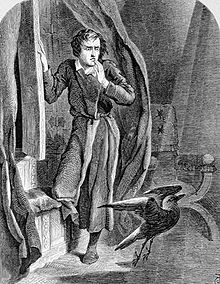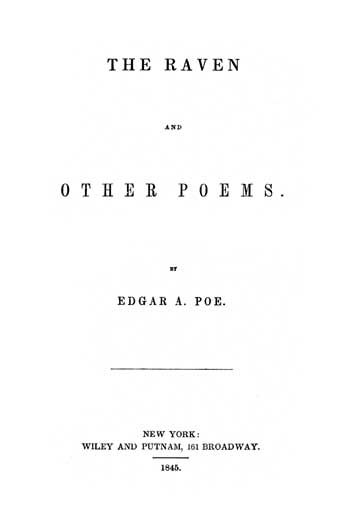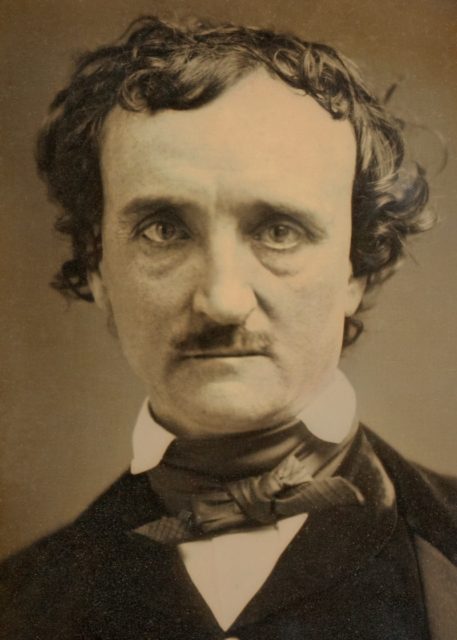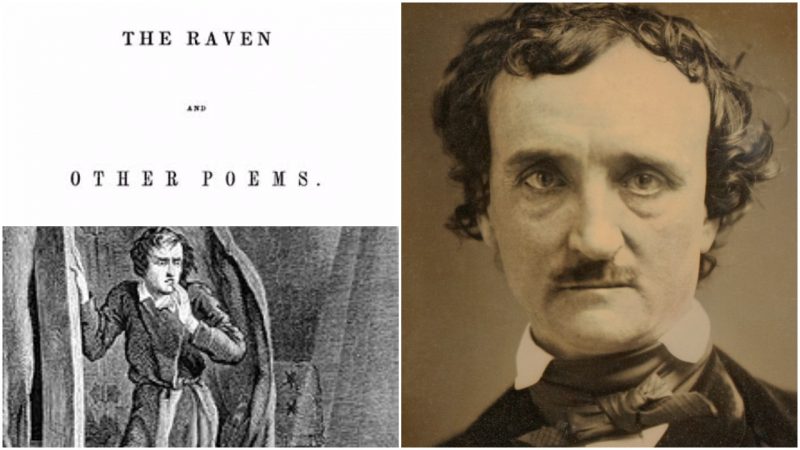Once upon a midnight dreary, while I pondered, weak and weary,
Over many a quaint and curious volume of forgotten lore—
While I nodded, nearly napping, suddenly there came a tapping,
As of some one gently rapping, rapping at my chamber door.
“‘Tis some visiter,” I muttered, “tapping at my chamber door—
Only this and nothing more.”
—Edgar Allan Poe
The gothic narrative poem “The Raven” is considered as the most popular masterpiece by the American writer Edgar Allan Poe.
Praised for its melodic and stylized nature adorned with the supernatural atmosphere the poem tells the story of love, loss, grief, and madness.
The Raven has influenced a number of authors and modern works such as Nabokov’s Lolita, Malamud’s “The Jewbird” and many others.
However, the now masterpiece and staple of Gothic poetry was once ignored and rejected.

When Poe first brought his dark, poetic work to a former employer and a friend George Rex Graham of Graham’s Magazine in Philadephia, he reluctantly declined the poem which possibly may not have been in its final version.
Graham not only rejected ” The Raven,” but he gave Poe $15 as charity, as he perceived Poe’s poem as a cry for help.
The writer kept promoting his poem and eventually sold it to The American Review, which paid him$9 for it.
“The Raven” was printed in 1845 in the February issue of the American Review, but instead of his full name, it was published under the pseudonym “Quarles”, a reference to the English poet Francis Quarles.
When the poem was first published with Poe’s name in the Evening Mirror, the editor Nathaniel Parker Willis introduced it as “unsurpassed in English poetry for subtle conception, masterly ingenuity of versification, and consistent, sustaining of imaginative lift … It will stick to the memory of everybody who reads it.”

This was the big breakthrough for both Poe and his “Raven,” it appeared in periodicals across the United states, including , Broadway Journal (vol. 1, February 8, 1845), New York Tribune (February 4, 1845),Southern Literary Messenger (vol. 11, March 1845),Literary Emporium (vol. 2, December 1845), it has also appeared in several anthologies.
The immediate triumph of The Raven prompted Wiley and Putnam to publish of Poe’s prose entitled Tales in June 1845; it was his first book in five years.

“The Raven” turned Edgar Allan Poe into a national celebrity and made him a household name almost immediately.
We have another story related to the poet: Edgar Allan Poe didn’t get on well with authority
Poe was nicknamed “The Raven” by his readers who began to identify the poet with the poem.
Although the poem made Poe popular in his day and respected by his contemporaries, it didn’t bring him any financial success. As he lamented “I have made no money. I am as poor now as ever I was in my life—except in hope, which is by no means bankable”.
